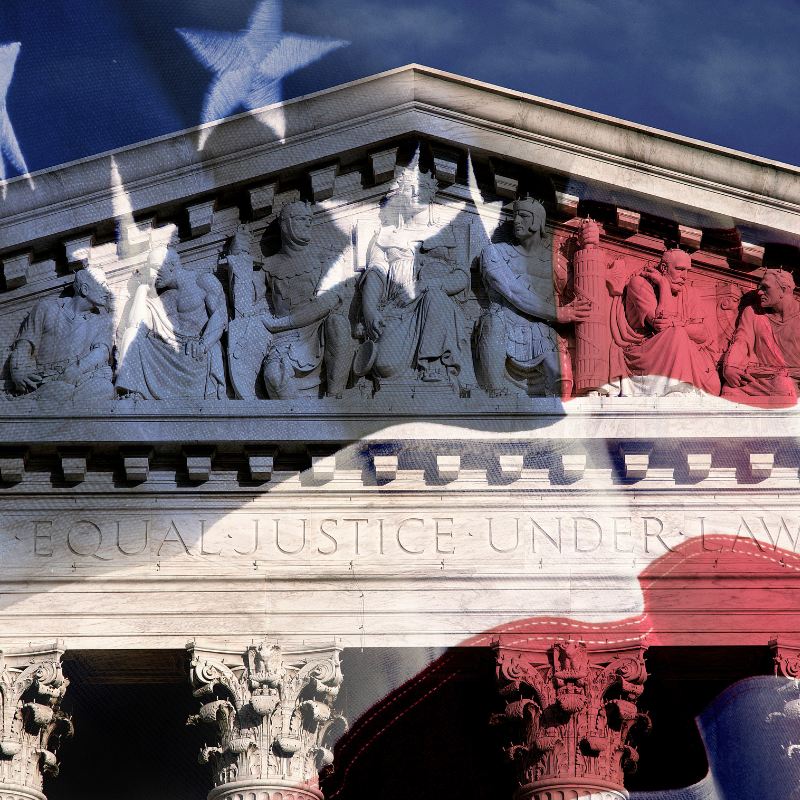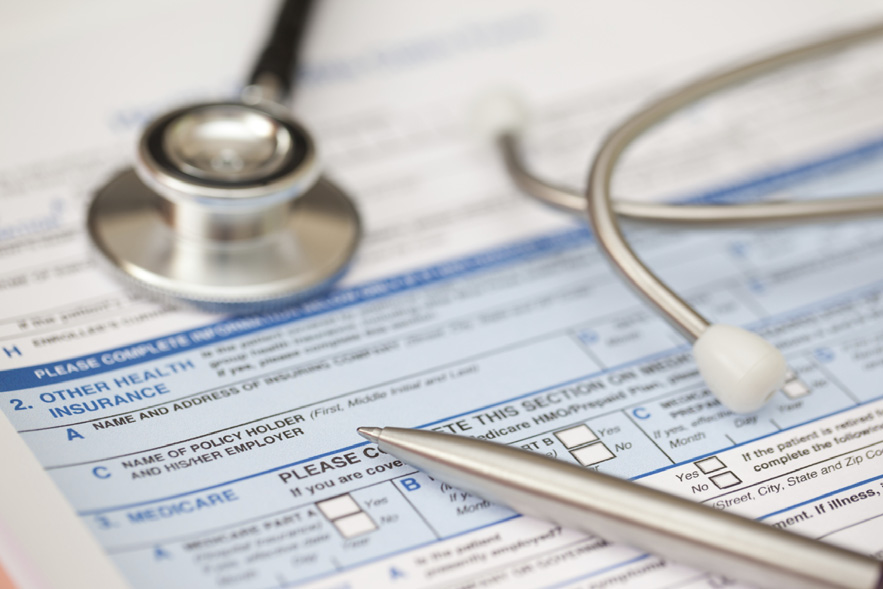The qualified small business stock (QSBS) tax regime, introduced in 1993 and codified in section 1202 of the Internal Revenue Code, remains one of the most powerful incentives for investors in start-up ventures.
There are many rules governing the QSBS regime, but in general it allows taxpayers to exclude from Federal income tax eligible capital gain on the sale of stock in a C corporation. Here are some of the main requirements:
- The taxpayer must be an individual, trust, estate, or one of certain pass-through entities, but it cannot be a corporation.
- The taxpayer must acquire the QSBS from the issuer in an original issuance. This includes any original issuance, not just the issuer’s first issuance of stock, and the major exceptions from this requirement include QSBS received as a gift or bequest, stock received in certain tax-free reorganizations in exchange for QSBS, and QSBS received in a qualified rollover transaction (discussed below).
- The taxpayer must hold the QSBS for more than 5 years continuously and the taxpayer and certain parties related to the taxpayer must not engage in certain hedging transactions during the taxpayer’s holding period.
- The issuer must be a C corporation at issuance and at sale, and during substantially all of the taxpayer’s holding period. This means that stock issued by an S corporation cannot qualify as QSBS, even if the entity later converts to a C corporation, though future issuances of stock by the C corporation can qualify.
- The issuer’s gross assets at all times before issuance, and immediately after issuance, must not exceed $50 million.
- The issuer must engage in a qualified trade or business during substantially all of the taxpayer’s holding period. There are many facets to this requirement, and it excludes certain enumerated types of businesses like professional services (health, law accounting, consulting, etc.), banking, leasing, investing, and lodging.
If the QSBS regime applies, then taxpayers can exclude from taxable income a percentage of their capital gain from the sale of QSBS to the extent of the greater of (i) $10 million less any previously-excluded gain on the sale of QSBS in the same issuer, and (ii) an annual limit of 10 times the taxpayer’s original basis in the QSBS sold during the year. Both of these limitations apply on a per-issuer and per-taxpayer basis, and while the rules limit the exclusion to the greater of the two rules, in practice, the $10 million rule is most often the limiting factor in start-up ventures.
The exclusion percentage has varied over time, starting at 50% for acquisitions of stock after August 10, 1993, and ending at 100% for acquisitions after September 27, 2010. The exclusion percentage is 75% for acquisitions after February 17, 2009 and before September 28, 2010.
Taxpayers can own QSBS directly, or through certain enumerated pass-through entities (PTEs), including partnerships and S corporations. Among other requirements, stock held through a PTE will qualify as QSBS only if the entity’s holding period exceeds the 5-year requirement and the taxpayer held his interest in the PTE at the time the entity acquired the qualifying stock and at all times thereafter. Even then, the taxpayer’s exclusion is limited to his ownership interest in the PTE on the date the PTE acquired the QSBS.
There is a lot of interesting planning that can be done with gifting, trusts, and qualified rollovers to stack multiple $10 million amounts, to maximize the exclusion in conjunction with other tax benefit provisions, and to magnify the annual limit well beyond the $10 million amount.
contact a member of the Tax Services Group.
Qualified Rollovers (Section 1045)
The tax code allows taxpayers to sell QSBS and to defer capital gain on the sale if they roll the sales proceeds into replacement QSBS within 60 days of the sale. This allows for the deferral of existing and future capital gain on the sale of the replacement QSBS. The main requirements for a qualified rollover are as follows:
- The taxpayer must own the original QSBS for more than 6 months before its sale, without taking into account any carryover (or tacked) holding period that may apply.
- The taxpayer must reinvest the entire sales proceeds (not just gain) in replacement QSBS within 60 days of the sale. Gain recognition will be required to the extent the entire sales proceeds are not reinvested in replacement QSBS.
- The replacement QSBS must meet the qualified trade or business requirement (discussed above) for at least 6 months after the taxpayer’s acquisition.
- The taxpayer properly elects deferral by making an election on or before the due date (including extensions) for filing the tax return for the year in which the QSBS is sold.
If the qualified rollover rules apply, then the taxpayer takes a basis and holding period in the replacement QSBS that is determined by reference to the QSBS sold, thus preserving the built-in gain and applicable exclusion percentage of the original QSBS. For example, if the taxpayer purchased the original QSBS on January 31, 2010, and engaged in a qualified rollover transaction on March 30, 2019, then the original January 2010 purchase date carries over to the replacement QSBS and the 75% exclusion percentage will apply to the sale of the replacement QSBS as it would have applied to the sale of the original QSBS.
Taxpayers also can combine the benefits of a qualified rollover under section 1045 with gain exclusion under section 1202. For example, if a taxpayer sells QSBS and realized a gain of $11 million, then he can purchase enough replacement QSBS to defer $1 million of gain while using the general exclusion to shield the remaining $10 million, assuming all the other requirements are met.
There is a lot of complexity in the application of the qualified rollover rules to partnerships, such as venture capital funds, but the IRS has provided guidance in a detailed set of regulations that were published in 2007. These rules can be distilled to the following general principles, but as with most things relating to tax, the devil is in the details.
- If an eligible taxpayer sells QSBS, then the taxpayer himself, or any partnership in which he is a partner, can purchase replacement QSBS in a qualified rollover transaction.
- If a partnership sells QSBS, then any of the following class of persons can purchase replacement QSBS in a qualified rollover transaction:
- the partnership itself, with notification to the partners so they can opt out of the partnership’s election if desired,any eligible partner of the partnership, orany other partnership owned, directly or indirectly through an upper-tier partnership, by an eligible partner that also is a partner in the selling partnership. For example, if A is an eligible partner in partnerships ABC and XYZ, and ABC sells QSBS, then ABC, A, or XYZ can purchase replacement QSBS (for A’s benefit) in a qualified rollover transaction.
- If a lower-tier partnership sells QSBS, then an upper-tier partnership that is a partner in the lower-tier partnership cannot engage in a qualified rollover transaction, but an eligible partner in the upper-tier partnership can purchase replacement QSBS in a qualified rollover transaction.
Although the above rules generally are favorable to taxpayers, they do not appear as favorable to general partners (i.e., portfolio managers) that receive a carried interest in private equity and venture capital funds. This is because of an ambiguity between the operation of the gain exclusion and the above regulations. Until the IRS publishes guidance on this point, taxpayers that receive a carried interest should proceed with caution.
There are also rules relating to distributions of QSBS by a partnership to its partners, and to contributions of QSBS by a partner to a partnership. As a general matter, and subject to certain limitations, the former (i.e., distributions from a partnership) can give rise to the ownership of QSBS by the partner, but the latter (i.e., contributions to a partnership) cannot give rise to the ownership of QSBS by the partnership. Thus, after a contribution of QSBS to a partnership, neither an eligible partner nor the partnership will be able to defer gain under the qualified rollover rules after the partnership sells the stock.
Even though there are many permutations in the partnership setting where replacement QSBS can be purchased in a qualified rollover transaction, the rules do not allow a taxpayer to engage in a qualified rollover transaction after selling an interest in a partnership that owns QSBS. This is because an investment in a partnership is not the same as an investment in QSBS for purposes of the qualified rollover regime.
The gain exclusion in section 1202 and the qualified rollover rules in section 1045 are complex. If you have any questions regarding the QSBS regime or the qualified rollover rules, please reach out to your Withum tax advisor.





